Swimming Sports

Can you recommend any good swimming tutorials for beginners ?
The text provides a summary of good swimming tutorials for beginners, including YouTube video lessons, Udemy courses, American Red Cross online tutorials, Swimming World Magazine series, and Total Immersion unique approach to efficient swimming. It encourages readers to try these resources and enjoy swimming.

How can I improve my breathing technique while swimming ?
Improving your breathing technique while swimming is crucial for better performance and endurance. Understand basics, practice proper rhythm, use core muscles, work on exhalation, do dryland training, visualize success, and seek professional guidance to enhance breathing and overall swimming skills.

What are the best stress-relieving sports ?
Stress is a common problem that affects people of all ages and backgrounds. Fortunately, there are many sports that can help relieve stress and improve overall well-being. Some of the best stress-relieving sports include yoga, swimming, running, cycling, and boxing. Yoga combines physical activity with relaxation techniques and involves various postures, breathing exercises, and meditation. Swimming provides a full-body workout and has a calming effect on the mind. Running releases tension and boosts endorphins, while cycling is a fun and exciting way to get active. Boxing may seem like an unlikely choice for stress relief, but it can actually be very therapeutic. Incorporating these sports into your routine can help you manage stress and improve your overall health and well-being. Remember to listen to your body and start slowly if you're new to any of these activities. With consistent practice, you'll soon reap the benefits of these stress-relieving sports.
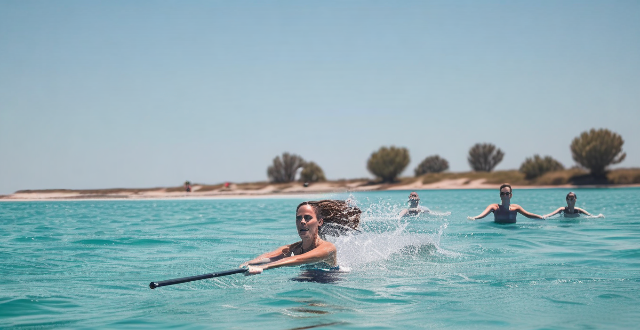
What are the basic techniques for swimming ?
Swimming is a great form of exercise that can be enjoyed by people of all ages. To swim effectively and safely, it's important to master some basic techniques such as breathing, body position, strokes, and kicking. Proper breathing ensures that you get enough oxygen while swimming and helps you maintain a steady pace. Maintaining the correct body position in the water is essential for efficient swimming. There are several different strokes used in swimming, each with its own unique technique. Kicking provides additional propulsion and helps maintain a stable body position in the water. By mastering these basic techniques, you'll be well on your way to becoming a proficient swimmer!
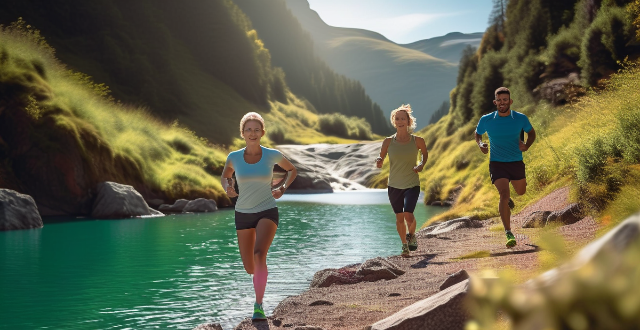
What are the benefits of swimming for overall health and fitness ?
Swimming offers numerous benefits for overall health and fitness, including improved cardiovascular health, muscle strength and tone, joint mobility and flexibility, weight management, mental health, injury recovery and rehabilitation, and socialization. It is a low-impact, high-intensity workout that engages all major muscle groups in the body, making it an effective way to build strength and tone muscles without putting undue stress on the joints. Additionally, the buoyancy of water helps to reduce pressure on the joints, making swimming an ideal exercise for people with arthritis or other joint issues. Swimming also burns a significant number of calories, making it an effective way to manage weight. The rhythmic nature of swimming can be meditative, helping to clear the mind and promote relaxation. Overall, swimming is a great way to improve overall health and fitness.

What factors should I consider when buying a swimsuit for competitive swimming ?
Factors to Consider When Buying a Swimsuit for Competitive Swimming: Material, Compression, Fit, Chlorine Resistance, and Style.

Can you suggest any resources or tools to help me practice swimming on my own ?
Swimming is a great form of exercise that offers numerous health benefits. If you're looking to practice swimming on your own, there are several resources and tools available that can help you improve your skills and technique. These include online video tutorials, mobile apps, books and e-books, and other resources. Online video tutorials can be found on YouTube channels such as Swim Lessons with Jenny, Swim University, and Swimming World Magazine. Websites like SwimOutlet's Learn to Swim Guide and Fitter and Faster also offer comprehensive guides with video tutorials. Mobile apps such as MySwimPro, Swim.com, and Coach's Eye offer personalized training plans, social platforms, and video analysis tools respectively. SwimLog and Swimtag are swimming logs and trackers that help swimmers keep track of their progress in the pool. Books and e-books such as Swimming for Dummies, The Complete Guide to Swimming, The Swimming Anatomy Book, and The Science of Swimming Faster provide detailed instructions on mastering different swimming styles, improving technique, understanding biomechanics, and scientific insights into improving speed and efficiency. In conclusion, utilizing these resources and tools can effectively help you practice swimming on your own and make significant progress in your skills and technique. However, always prioritize safety when practicing alone, and consider seeking guidance from a qualified coach or instructor if needed. Happy swimming!

What are some examples of successful disability sports organizations or events around the world ?
Disability sports have been gaining popularity and recognition worldwide, with many organizations and events showcasing the talent and determination of athletes with disabilities. Here are some examples of successful disability sports organizations and events around the world: 1. Paralympic Games: An international multi-sport event for athletes with physical and intellectual disabilities, held immediately after the Olympic Games in the same host city. 2. Special Olympics World Games: A global event for athletes with intellectual disabilities, offering competition in various sports such as swimming, athletics, and basketball. 3. International Wheelchair Basketball Federation (IWBF): The governing body for wheelchair basketball worldwide, organizing international competitions and promoting the development of wheelchair basketball across different regions. 4. Cerebral Palsy Football World Cup: A biennial international football tournament for players with cerebral palsy, providing an opportunity for these athletes to showcase their skills and promote awareness about cerebral palsy. 5. International Blind Sports Association (IBSA): Dedicated to promoting sports for visually impaired athletes, organizing world championships and other events in various sports such as goalball, judo, and swimming. 6. World Deaf Volleyball Championships: An international competition for deaf volleyball players, promoting the development of deaf sports and providing a platform for deaf athletes to showcase their talent and compete at the highest level. 7. World Dwarf Games: A multi-sport event specifically designed for individuals with dwarfism, offering a range of sports such as swimming, track and field, and powerlifting, providing opportunities for athletes with dwarfism to compete and showcase their abilities.

What types of sports are best for promoting motor skills in young children ?
This article explores the importance of motor skills in children's development and highlights four sports—soccer, gymnastics, swimming, and dance—that effectively promote these skills. Each sport offers unique benefits, including improved gross and fine motor skills, coordination, balance, strength, flexibility, and emotional development. Engaging young children in these activities can significantly contribute to their overall growth and well-being.
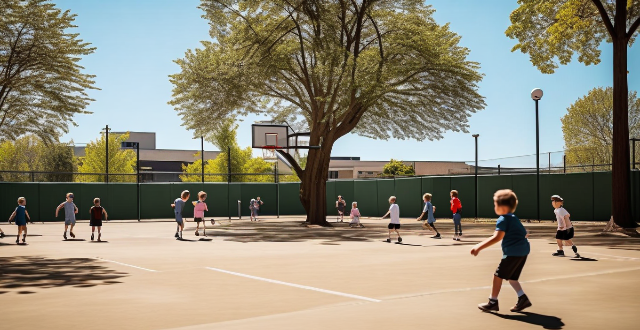
Are there specific sports that improve academic performance in children ?
The article discusses the potential benefits of different types of sports on academic performance in children. It highlights team sports like basketball, soccer, and volleyball for their ability to teach social skills, time management, and discipline. Individual sports such as swimming, tennis, and gymnastics are noted for promoting self-discipline, goal setting, and mental toughness. Outdoor sports like hiking, cycling, and rock climbing are mentioned for providing physical activity, stress relief, and exploration opportunities. The conclusion emphasizes the importance of considering individual differences among children when encouraging sports participation for academic improvement.
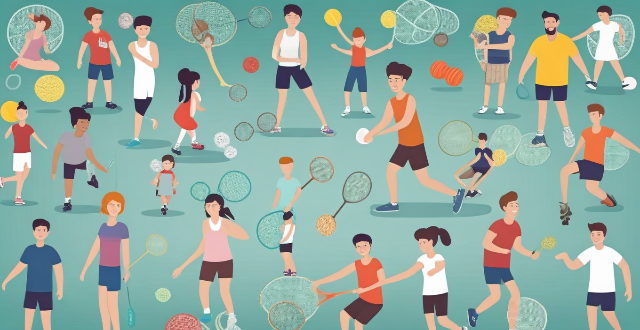
What are some adaptive sports for people with physical disabilities ?
Adaptive sports are modified or specially designed physical activities for people with disabilities, promoting fitness, health, and inclusion. They offer opportunities for competition and social interaction. Popular adaptive sports include wheelchair basketball, racing, and tennis; sitting volleyball; para swimming; track and field events for amputees; goalball; para alpine skiing; and beep baseball for the visually impaired. These sports provide physical benefits and opportunities for personal growth, independence, and social integration.

Has religion ever been used to justify discrimination in sports ?
Religion has been used to justify discrimination in sports, including apartheid in South Africa, Islamic veiling and swimming, and caste-based discrimination in India. Contemporary issues include Sikh turbans and safety regulations, and Jewish holidays and scheduling conflicts. Addressing these issues requires a balance between respect for religious freedom and principles of equality and fairness in sports.
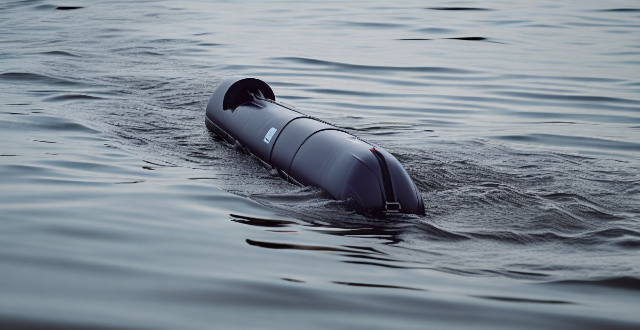
Can fitness trackers be used for swimming ?
Fitness trackers can be used for swimming, but they must be waterproof or swim-proof. Look for features such as heart rate monitoring, stroke analysis, distance and pace tracking, GPS, and long battery life. Make sure to wear the tracker properly, rinse it after each use, charge it regularly, and sync your data to track your progress.
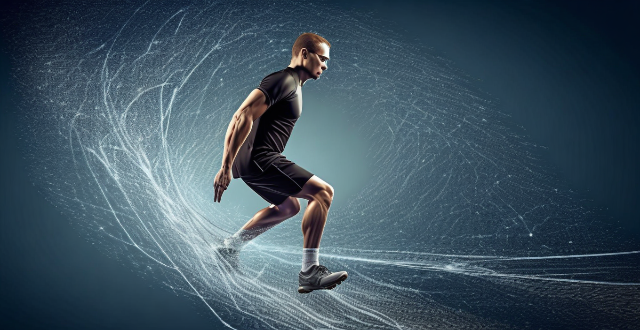
How is GPS used in sports monitoring and analysis ?
GPS technology has transformed sports monitoring and analysis by providing accurate data on athlete movements, speed, distance, and other performance metrics. Its primary uses include tracking athlete movements during training or competition, measuring speed and distance, and analyzing various performance metrics such as heart rate and power output. The benefits of GPS in sports monitoring include improved performance, injury prevention, effective pacing strategies, personalized training plans, and data-driven decision making. Examples of GPS use in sports monitoring include football (soccer), cycling, swimming (with wearable devices instead of GPS), and running.

What are some successful examples of sports-based rural revitalization programs ?
Sports-based rural revitalization programs have been successful in improving economic, social, and cultural conditions of rural areas through sports activities. Examples include China's Hometown Sports Project, India's Rural Sports Development Program, Australia's Grassroots Sports Development Program, and South Africa's Rural Sports Development Project. These programs focus on developing sports infrastructure, training talent, organizing events, and promoting community engagement, contributing to sustainable development and enhancing quality of life in rural areas.
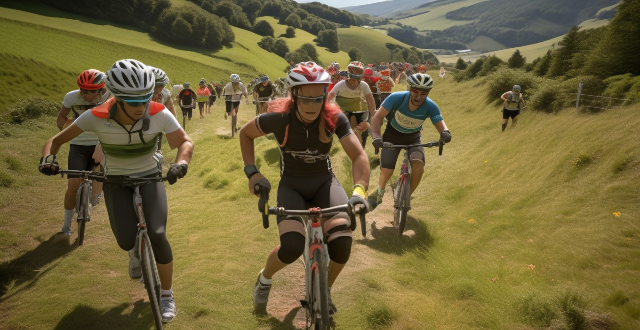
How does sports insurance work ?
Sports insurance is a specialized form of insurance that protects athletes and sports participants from financial losses due to injuries or accidents that may occur during physical activities. It provides coverage for medical expenses, lost wages, and other related costs associated with sports-related injuries. There are several types of sports insurance policies available, including personal accident insurance, liability insurance, equipment insurance, and travel insurance. Sports insurance typically covers a wide range of sports-related injuries and accidents, including medical expenses, disability, funeral costs, legal fees, equipment damage or theft, and travel expenses. The cost of sports insurance varies depending on several factors, including the type of sport, the level of risk involved, the policyholder's age and health status, and the amount of coverage desired.
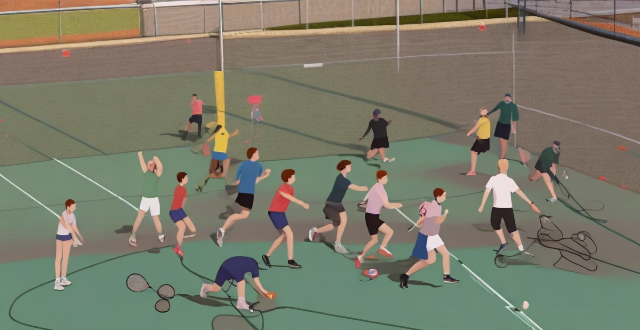
How much does sports insurance cost ?
The cost of sports insurance varies based on the type of sport, level of coverage, and individual's age and health status. High-risk sports typically have higher premiums than lower-risk activities. Basic policies may only cover medical expenses and lost wages due to injury, while more comprehensive plans may include additional benefits such as disability coverage and accidental death and dismemberment insurance. Younger athletes may have lower premiums than older ones, and individuals with pre-existing medical conditions or a history of injuries may face higher premiums. Tips for finding the best sports insurance policy include shopping around, considering bundling, and asking about discounts.

How does sports affect the physical development of adolescents ?
Sports during adolescence positively impact physical development by enhancing muscular strength, improving bone density, promoting coordination and balance, managing body composition, benefiting cardiovascular health, and fostering mental well-being. Additionally, they encourage active lifestyle habits and social interaction, setting a foundation for lifelong health and wellness.

How do extracurricular sports activities contribute to overall student development ?
The text discusses the importance of extracurricular sports activities in student development. It highlights that these activities not only promote physical fitness but also contribute to various aspects of personal growth, including social skills, leadership abilities, and time management. The author explains how participating in sports can help students maintain good physical health, develop social skills through teamwork, foster leadership abilities, and learn effective time management skills. The text concludes that extracurricular sports activities are an essential component of overall student development as they offer numerous benefits beyond just physical fitness.

What role can local governments play in promoting sports and rural revitalization ?
Local governments can promote sports and rural revitalization by building sports facilities, offering affordable programs, supporting grassroots organizations, encouraging volunteerism, hosting sports events to attract tourism, and using sports marketing to support local businesses.
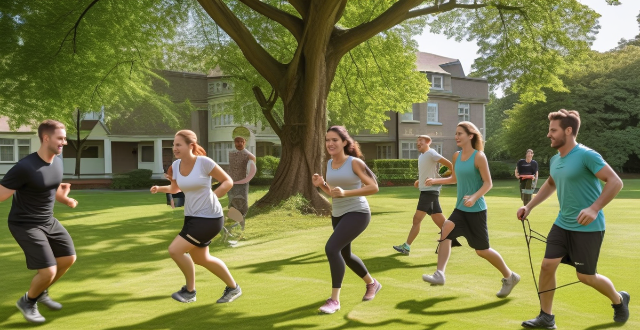
How can sports help improve the physical health of rural residents ?
Sports and physical activities can greatly improve the physical health of rural residents by enhancing fitness levels, managing weight, promoting mental well-being, encouraging social interactions, and preventing chronic diseases. It is crucial for local authorities and organizations to promote sports programs and provide accessible facilities to encourage more rural dwellers to engage in physical activities regularly.

Can sports be considered a form of art expression ?
This text explores the debate over whether sports can be considered a form of art expression. It discusses the aesthetic nature of sports, including visual and auditory aesthetics, as well as their emotional impact on spectators. The text also examines creativity and expression in sports, highlighting individual style, improvisation, and innovation. Furthermore, it touches upon the cultural significance of sports, such as symbolism and social commentary. In conclusion, while sports primarily focus on competition and skill demonstration, they possess many elements that align them with traditional definitions of art, making it plausible to view them through an artistic lens.

What happens if I get injured while playing sports and don't have insurance ?
Injuries are a common occurrence in sports, and they can range from minor to severe. When you get injured while playing sports, the first thing that comes to mind is seeking medical attention. However, what happens if you don't have insurance? This article will explore the consequences of not having insurance when you get injured while playing sports. If you get injured while playing sports and don't have insurance, you will be responsible for paying all the medical expenses out of pocket. This can include doctor visits, hospital stays, surgery, physical therapy, and medication. Depending on the severity of the injury, these expenses can add up quickly and become a financial burden. Without insurance, you may have limited access to healthcare providers. Some doctors and hospitals may refuse to treat patients without insurance or may require upfront payment for services rendered. This can delay treatment and potentially worsen your condition. If your injury occurs during a team sport or an organized event, there may be legal implications if you don't have insurance. The organizers or other players may hold you liable for any damages or injuries that occur during the game. This can result in lawsuits and legal fees. Not having insurance can also have long-term effects on your health and well-being. If you cannot afford proper medical care or physical therapy, your injury may not heal properly, leading to chronic pain or disability. This can impact your ability to work or participate in activities you enjoy. The best way to avoid these consequences is to get insurance coverage. There are various types of insurance policies available, including health insurance, accident insurance, and sports-specific insurance. Research and compare different policies to find one that meets your needs and budget. Another way to reduce the risk of injury is to participate in low-risk sports or activities. Choose sports that are less likely to cause severe injuries, such as swimming or cycling, instead of contact sports like football or rugby. Wearing protective gear can also help prevent injuries while playing sports. Make sure to wear appropriate gear such as helmets, pads, and mouthguards when participating in high-risk activities. If you do get injured while playing sports, seek medical attention promptly even if you don't have insurance. Some healthcare providers offer payment plans or sliding scale fees based on income, which can help alleviate some of the financial burden associated with receiving medical care. In conclusion, getting injured while playing sports without insurance can have serious consequences, including high medical expenses, limited access to healthcare, legal liability, and long-term effects on your health and well-being. To avoid these consequences, it is important to get insurance coverage, participate in low-risk sports, use protective gear, and seek medical attention promptly if needed.

What are some effective treatments for sports injuries ?
Effective Treatments for Sports Injuries: Rest, Ice, Compression, Elevation, Medication, and Rehabilitation Exercises.
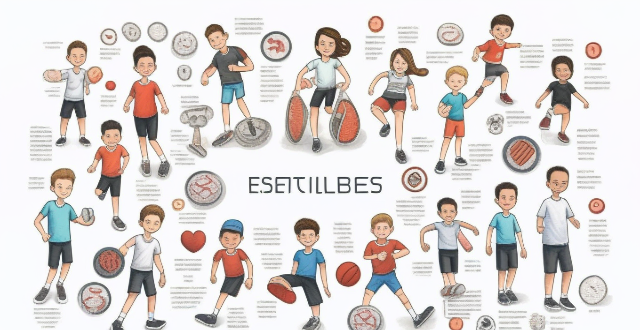
What is the impact of altitude on sports performance ?
This article explores the impact of altitude on sports performance, including its effects on oxygen availability, respiratory rate, and heart rate. It discusses how altitude affects endurance sports, power sports, and team sports differently and provides strategies for dealing with altitude such as acclimatization, proper hydration and nutrition, and training at altitude. The article emphasizes the importance of managing these challenges to maximize performance under challenging conditions.

How do I learn to swim ?
Learning to swim requires patience, practice, and perseverance. Here are some tips to help you get started: 1. Find a suitable location: Look for a pool or body of water that is safe and accessible. 2. Get the right gear: Invest in a good quality swimsuit, goggles, and swim cap. 3. Start with basic techniques: Begin by learning basic techniques such as floating, kicking, and breathing. 4. Take lessons: Consider taking lessons from a qualified instructor who can teach you proper techniques and provide feedback on your progress. 5. Practice regularly: Consistency is key when learning any new skill, including swimming. Set aside regular time each week to practice your swimming skills. 6. Stay safe: Always prioritize safety when swimming. Never swim alone, and always follow pool rules and regulations.

What are the best sports careers for someone who loves competition ?
Competitive individuals have various sports career options, including professional athlete, coach/manager, sports analyst/journalist, referee/umpire, personal trainer/fitness instructor, sports agent/manager, and event planner/promoter. Each path offers unique opportunities to thrive on competition and excel in the sporting world.
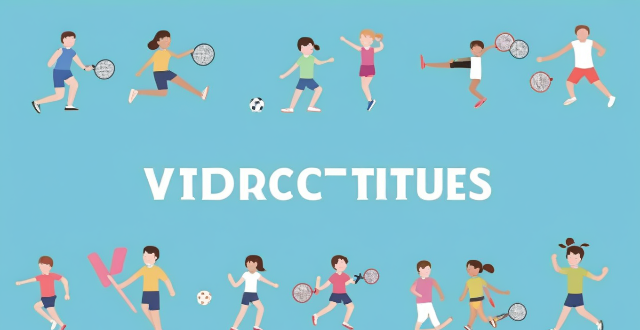
How do individual versus team sports impact self-esteem in young people ?
The text discusses the impact of individual versus team sports on self-esteem in young people. It outlines key points such as the focus on personal growth and discipline in individual sports, and the social support and collaboration learned in team sports. The benefits of each type of sport are also highlighted, including increased autonomy and clear feedback from individual sports, and social skills development and resilience from team sports. A comparative analysis is provided, discussing the pros and cons of each type of sport in relation to self-esteem. The conclusion suggests that both types of sports can positively impact self-esteem, but finding the right fit for each individual is crucial.

How can I handle setbacks and injuries in my sports career ?
This article discusses strategies to handle setbacks and injuries in sports career, including staying positive, setting realistic goals, practicing visualization, following medical advice, maintaining proper nutrition, incorporating cross-training, seeking professional help, building a support network, and practicing self-care.